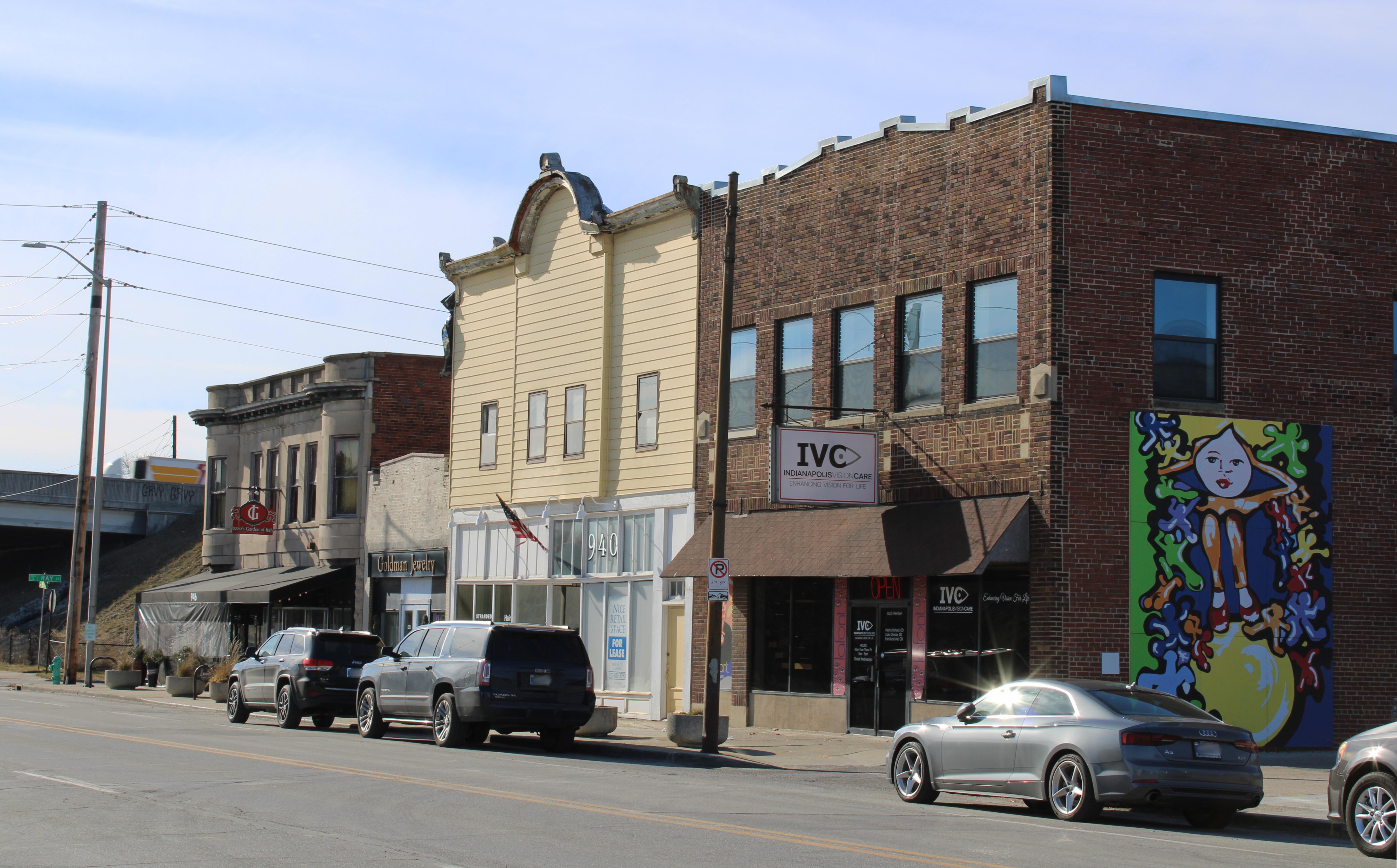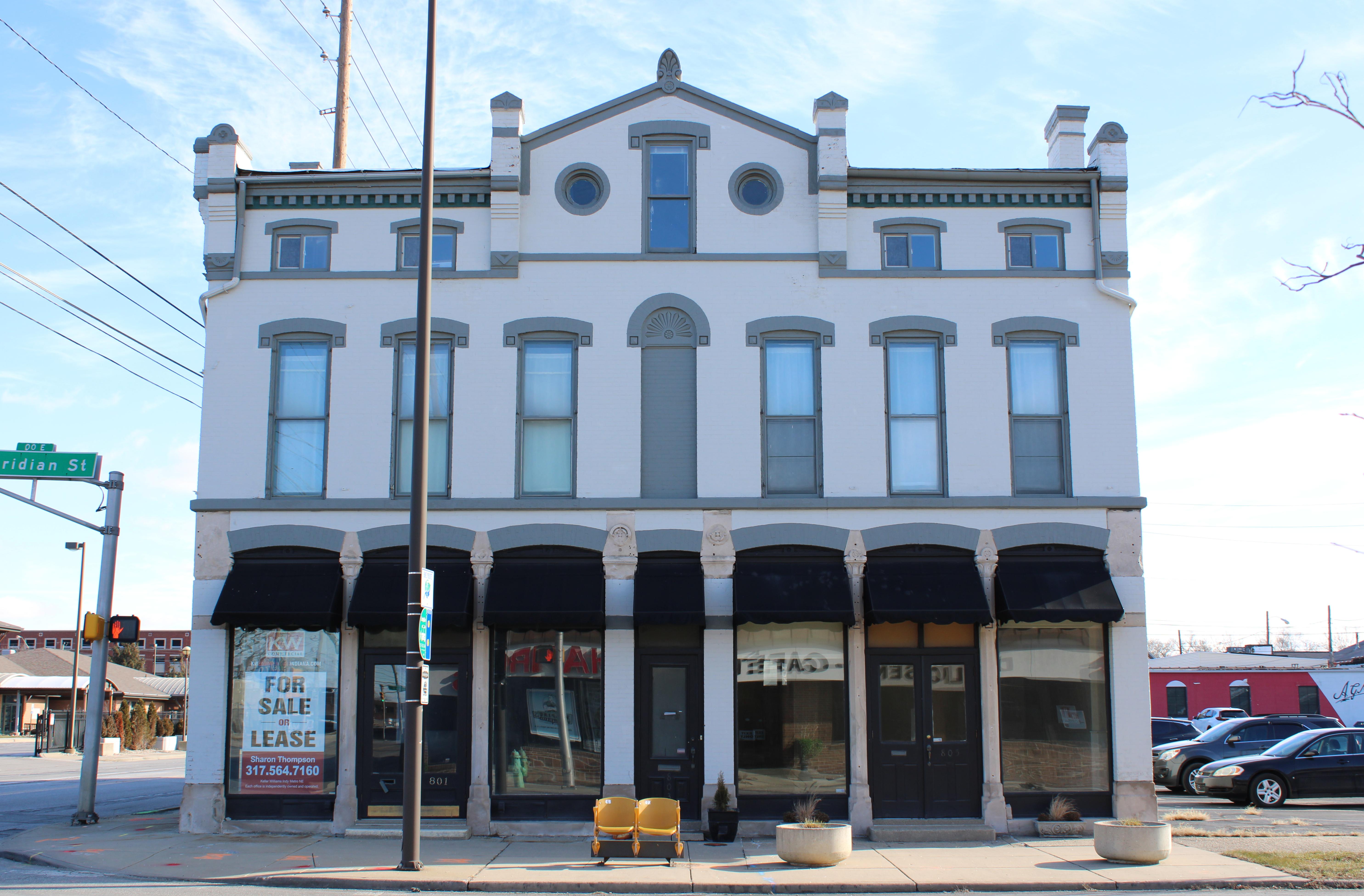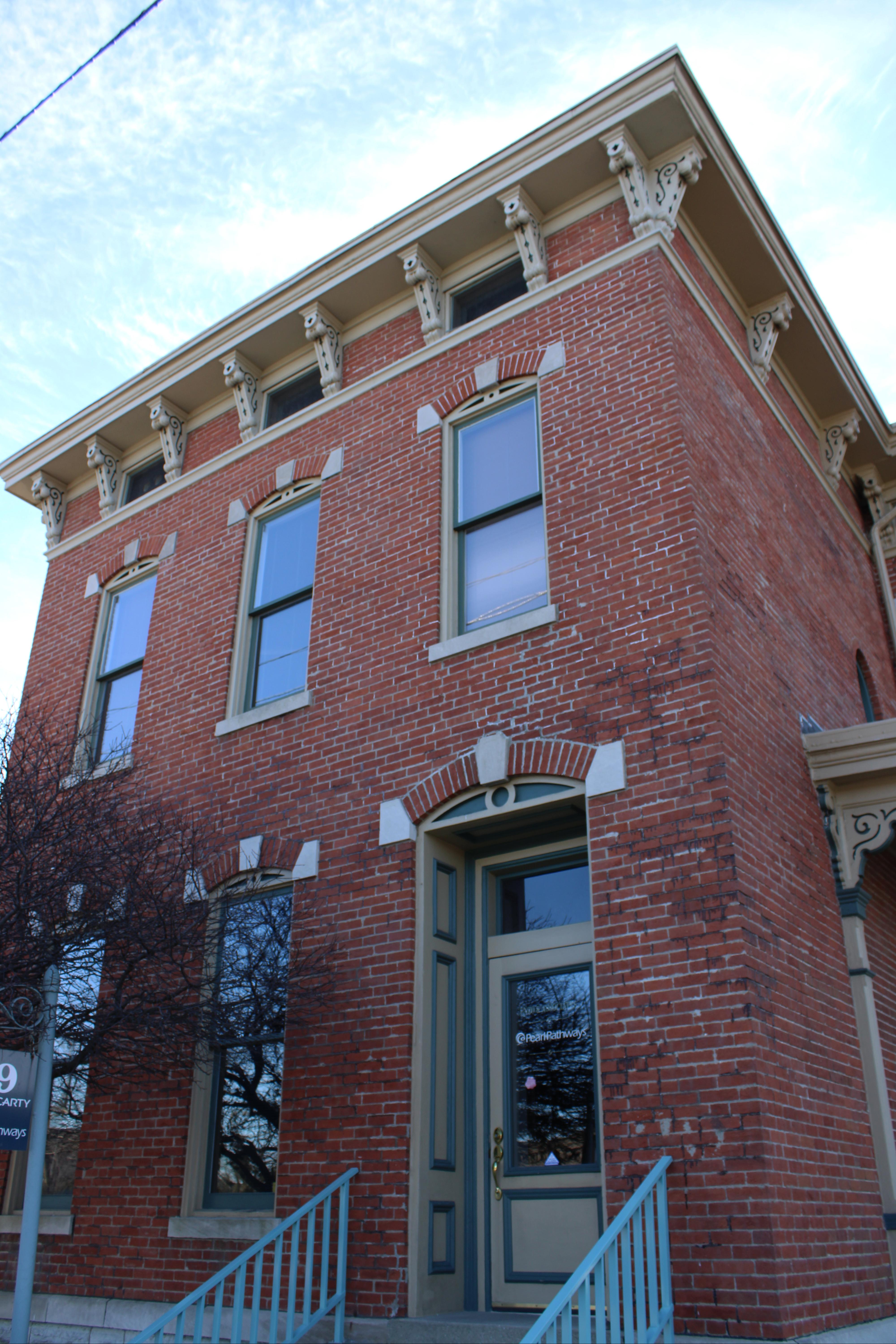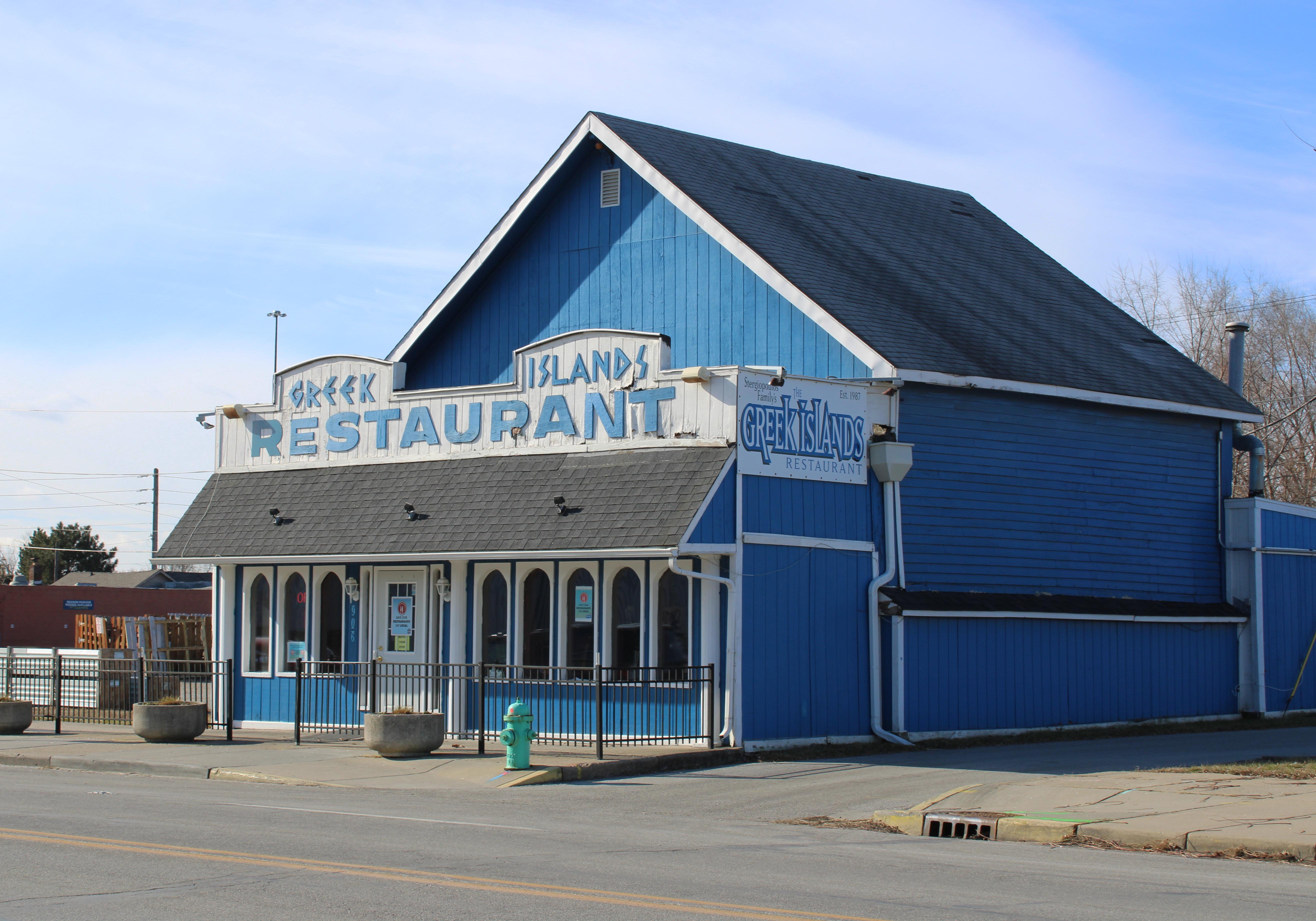Babe Denny is a near southside community bordered by South Street, Madison Avenue, Morris Street, and West Street. Settlement of the area began in the late 1830s and 1840s, when German and Irish immigrants arrived during a wave of railroad and canal construction. By the 1870s, the at the northern edge of the neighborhood provided jobs for the residents and spurred industrial and commercial growth. Mixed land use was an integral part of the neighborhood. Mills, warehouses, and meatpacking firms were built alongside homes, shops, churches, and synagogues.

, , , and immigrants predominantly settled the neighborhood during the late 19th and early 20th centuries. Jewish residents, in particular, organized a self-sufficient community. Many of them were tradespeople who opened small businesses or grocery, meat, and poultry stores. Others worked at . They built five synagogues and established the Communal Building to provide English instruction for immigrants as well as to find housing for Jewish families.
The city’s first Arabic-speaking neighborhood, called the or Syrian Colony, was also located in Babe Denny. Immigrants from what today are Lebanon and Syria, most of whom were Orthodox Christians or , were especially concentrated on Willard Street, where sits today. This area became increasingly industrial after , eliminating much of the available housing stock, and many Arabic-speaking immigrants moved to other parts of the city.

In 1946, the nonsectarian Concord Association formed to meet the changing needs of the neighborhood. The Communal Building became the Concord Center, which continues at a Meridian Street location into the 21st century to offer recreational facilities, classes, and other services to area residents.
New groups migrated to the neighborhood after World War I as others moved out. Whites and African Americans from the southern United States replaced prosperous families and communities that had been present to date. However, the community also remained alive during this infusion of new groups, socially and commercially thriving.

After , the neighborhood experienced a pattern in which businesses expansion demolished houses and remaining homes fell into disrepair. also affected the neighborhood. This practice informed banks’ decisions on which neighborhoods qualified as safe investments. Areas designated as blighted or irredeemable were shaded in red on maps the Home Owners’ Loan Corporation produced. Redlined areas often were marked for redevelopment efforts.
This designation befell Babe Denney with its significant Black and Jewish populations. The construction of Interstate 70 through the neighborhood accelerated its decline as residential and business properties were claimed for the project via eminent domain. For Jews, the Servicemen’s Readjustment Act of 1944 (the G.I. Bill) granted upward mobility to those men returning from World War II. Thus, the neighborhood began to lose its Jewish identity before the construction of the interstate. The G.I. Bill remained largely out of reach for Black veterans, though. In the 1980 census, nearly 28 percent of the residents in some areas were below the poverty level, while up to one-half of families in some tracts rented their homes.

Residents of the area formed the Babe Denny Neighborhood Group in 1989, taking the name of the former Parks Department employee and longtime resident Bay Edward “Babe” Denny, who managed several southside parks and later became one of the first Black motorcycle officers. In addition, 1989 saw the creation of the Babe Denny Park for the neighborhood. However, the Indianapolis Police Department initially threatened this plan with an attempt to convert the park for use as its horse stable. Only after community outcry against this move did city leadership commit to a long-term vision for the park.
Four years later, the group successfully coordinated a partnership between Habitat for Humanity, local businesses, and the Concord Community Development Corporation to build two new homes in the area, the first in over 46 years.
These efforts were blunted in 2005 when city leadership closed a deal to build near the McCarty Street portion of the neighborhood. The construction of the arena also brought the creation of large parking lots within the neighborhood’s boundaries.
By 2019, plans were in place by the city’s business leaders to continue to redevelop the area under the new title of “Stadium Village.” The vision for Stadium Village included various apartment and hotel structures. The residents of Babe Denny continued efforts to restructure the area as well as celebrate their community with such events as an annual picnic day at Babe Denny Park.

Help improve this entry
Contribute information, offer corrections, suggest images.
You can also recommend new entries related to this topic.


